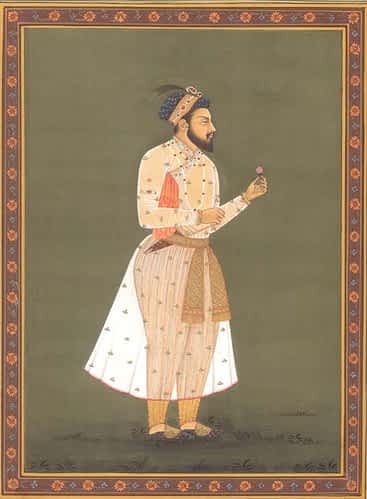 The Department of History, University of Delhi cordially invites you to a talk by Dr Ursula Weekes
The Department of History, University of Delhi cordially invites you to a talk by Dr Ursula Weekes
Title: Presence, Absence and Anachronism in Mughal Portraiture
Date: 24th of November (Thursday)
Time: 2.30 PM
Venue: Committee Room (Ground Floor) History Department, Faculty of Social Sciences, University of Delhi, North Campus
Abstract
This paper shall address the debate of essence versus appearance in Indian and Persian portraiture and how this impacts upon our understanding of Mughal portraiture. Flowing out of this debate, two important issues arise, one which broadly speaking has more to do with ‘appearance’ and the other with ‘essence’. The first is how ideas of time intervene in Mughal portraiture through the increased emphasis on observed portraiture and how this new realism impacts upon concepts of presence within Mughal portraits. It will be argued that conceptual developments concerning presence and realism in Mughal portraiture were not predicated on a European paradigm. European art simply accelerated the process and, in so doing, later on dominated the trajectory of its development. It is the consciousness of time, and the idea of the ‘moment’ of portraiture, which differentiates Mughal portraiture so clearly from both its Indian and Persian antecedents and sets a radical new agenda. The second theme shall address the speaker’s contention that Mughal artists, through a sophisticated exploitation of painting styles and the use of anachronism, developed two modes of portraiture, which I shall describe as the ‘performative’ and the ‘substitutional’. At times the two modes converge, but at other times they remain resolutely separate. The ‘performative’ mode connotes the artist who makes the picture as a kind of singular performance or event at a particular point in time for an intended audience, but the ‘substitutional’ mode underpins many Mughals portraits, particularly of past Emperors. This kind of posthumous portraiture, if we can call it portraiture, has little to do with how certain individuals actually looked in history, though some have more verifiable appearances than others. Rather they are concerned with ‘consolidated portrait types’ that claim authenticity by their place in a lineage of images.
Dr. Ursula Weekes was Supervisor of the Print Room at the Ashmolean Museum, Oxford, where she curated exhibitions and wrote Techniques of Drawing from the 15th to the 19th Century (1999). Her doctoral thesis from the Courtauld Institute of Art, London, was published as Early Engravers and their Public (2004). She has lectured on Northern Renaissance art and Mughal art at international conferences. On a Commonwealth Fellowship from the Indian Council for Cultural Relations, she was a Post-doctoral Fellow at the National Museum Institute (2004-06) and at the Indira Gandhi National Centre for Arts (2006-10) in Delhi. She also taught as Guest Faculty at the School of Arts and Aesthetics, Jawaharlal Nehru University (2009). She is now in London, completing her book on “The Great Mughals and the Art of Europe,” and is a Research Forum Visiting Professor at the Courtauld Institute of Art, London (2010).
